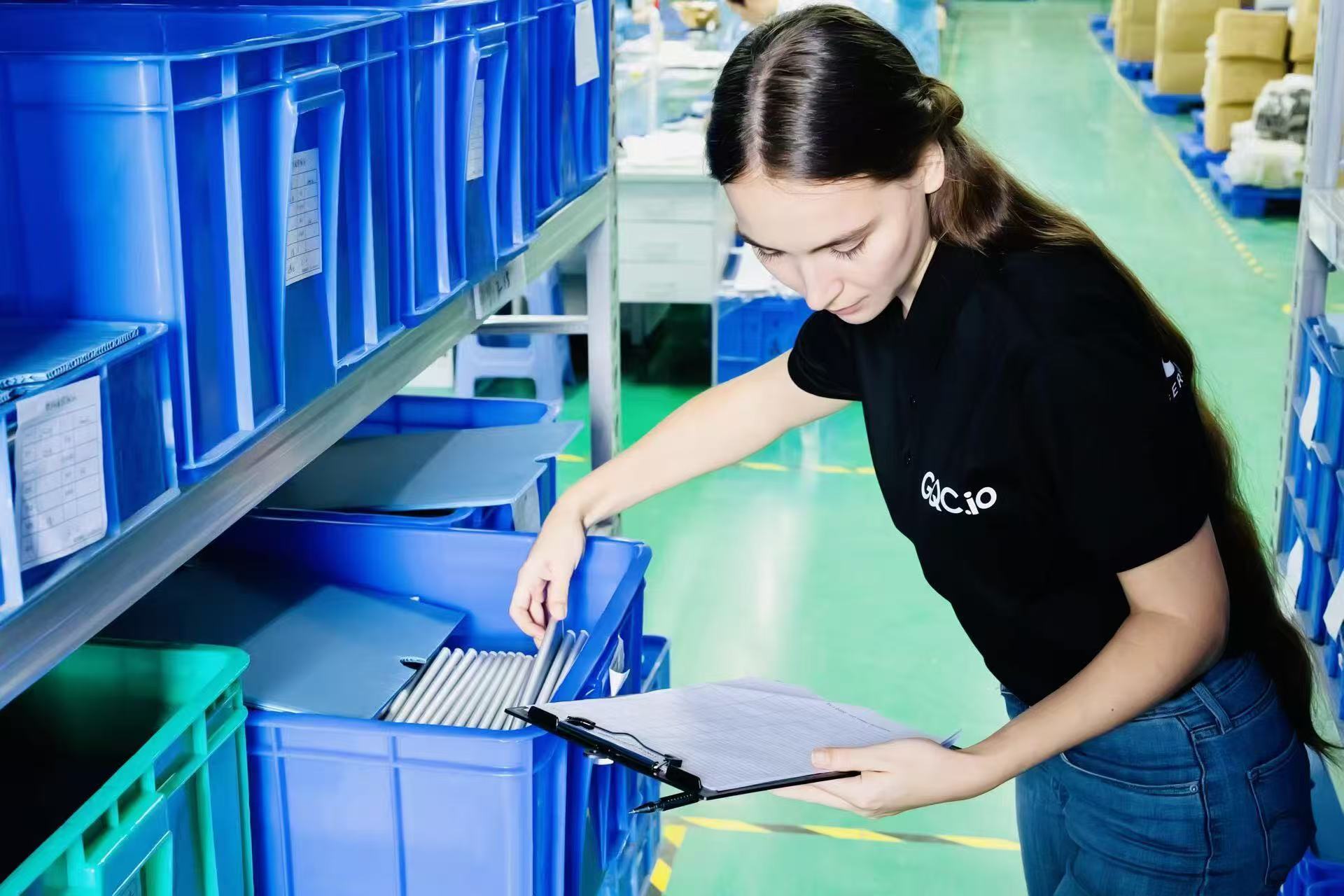In today's highly competitive business world, controlling supplier costs has become more important than ever before.With shrinking profit margins and an increased focus on efficiency, organizations need to be proactive in managing their supplier relationships to ensure that they are getting the best value for their money. In this article, we will explore why and how to control your supplier costs, and provide some practical tips to help you get started.
Why Control Your Supplier Costs?
Controlling supplier costs can have a significant impact on your bottom line. Here are some of the key benefits:
Improved Profit Margins - By reducing supplier costs, you can increase your profit margins and reinvest those savings back into your business.
Increased Efficiency - A focus on controlling supplier costs can help you identify areas of waste and inefficiency in your supply chain. By streamlining your processes, you can reduce lead times and improve your overall efficiency.
Better Quality - Working closely with your suppliers to control costs can help ensure that you are receiving high-quality goods and services.
Competitive Advantage - By controlling supplier costs, you can stay competitive in your industry and offer better prices to your customers.
How to Control Your Supplier Costs?
Here are some practical tips to help you control your supplier costs:
Conduct a Supplier Cost Analysis - It is important to understand where your costs are coming from. Conducting a supplier cost analysis can help you identify areas of potential savings and highlight any inefficiencies. A BOM (Bill of material) is giving you and overview on costs of each part, labour costs and profit of the factory. Comparing BOM’s help to identify hidden costs.
Set Clear Performance Expectations - Set clear expectations for your suppliers regarding delivery times, quality, and other performance metrics. This will help ensure that you are getting the best value for your money.
Negotiate Payment Terms - Negotiating payment terms can help improve your cash flow and give you more control over your supplier relationships.
Leverage Technology - There are a variety of tools and technologies available that can help you streamline your procurement processes and control costs. Look for solutions that offer real-time data and analytics, as well as collaboration features to help you work more closely with your suppliers.
Collaborate with Your Suppliers - Working closely with your suppliers can help you identify areas of waste and inefficiency and develop solutions that benefit both parties.
Implement a Supplier Management System - A supplier management system can help you streamline your procurement processes, monitor supplier performance, and track costs. Look for solutions that offer automated workflows and easy-to-use dashboards.
By implementing these strategies, you can take control of your supplier relationship





